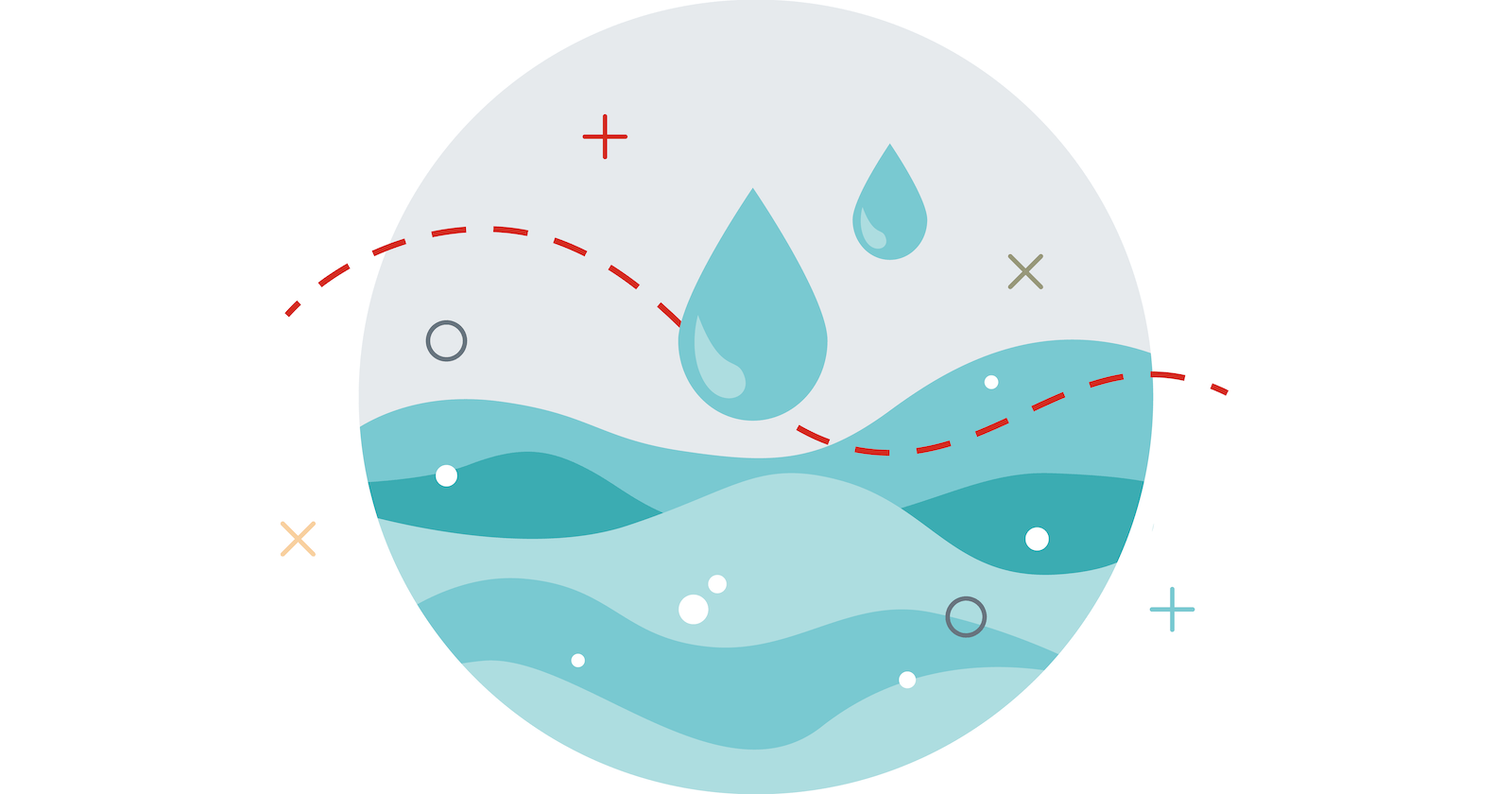Thursday, January 30, 2025
We sat down with Marie Lindström, General Manager of Too Good To Go in Spain, the app that connects restaurants and stores with users to save surplus food. Our chat focused on how to give new value to food waste, its impact on the planet, and what steps we can take to turn things around.
By Carlos Madrid
Each year, 2.5 billion tons of food are wasted. This is equivalent to 40% of the food produced worldwide and about 80,000 kilograms of food wasted every second. What are the main reasons behind this large-scale food waste?
Food waste happens at every stage of the food value chain: starting with production and continuing through distribution, the hotel and catering sector and even in our own homes. During production, issues like climate change and strict aesthetic standards for produce play a big role in generating waste. As for distribution, factors such as improper food handling and fluctuations in demand are the main culprits. When it comes to home, waste is often caused by overbuying, poor meal planning and not knowing how to use food that’s nearing its expiration date. Therefore, it's a shared problem that requires solutions involving the entire value chain.
What are the consequences of food waste?
Almost 40% of all food produced worldwide ends up being wasted, which has a social, economic and environmental impact. From a social standpoint, it’s deeply contradictory to throw away millions of tons of food while so many people struggle with hunger. Economically speaking, global food waste comes with a staggering price tag of $1.1 trillion each year. As for environmental impacts, we're not only wasting food, we're also not using all those resources that we've used to produce that food. For example, an estimated 24% of the water used in food production goes toward food that never gets eaten. In fact, experts consider reducing food waste to be one of the most crucial actions in combating climate change.
Is there enough awareness of the real situation in the food sector? What needs to happen to reach everyone?
Awareness is increasing every day in companies and households, but there's always a need for more. In a study we conducted in 2023, we found that seven out of ten Spaniards are aware of food waste and the challenges it poses, while six out of ten understand its environmental impact. It's a good start, but work still needs to be done. We need to raise more awareness, inspire action and support society in taking meaningful steps to reduce the impact of food waste.
Where does the impulse to give a turning to this problem come from?
Too Good To Go was born in Denmark. A group of friends went to eat at a buffet restaurant and at the end of the service, they saw that the waiters were throwing away leftover food that was in perfect condition. That really hit them and they decided to start research on food waste. They realized that it's a major global problem and decided to find a solution. That’s how the idea for Too Good To Go was born—a platform that connects food establishments with users who can save surplus meals. We’re now operating in 19 countries, with over 100 million app users, more than 170,000 partnered food establishments, and together, we’ve rescued over 350 million meals.
Too Good To Go aims to save food in good condition from going to waste. What is food in good condition? Have we become demanding consumers?
Food that is in good condition is food that's safe and fit for eating. It's food that still has its flavor and nutrients, but it may have some aesthetic defect. What comes across today is that people are very demanding when it comes to the aesthetics of food. Let’s use an apple as an example; we tend to choose the shiny one over the dull one, even though both taste the same and have the same nutrients. At Too Good To Go, we’re working to raise awareness about how to value and use foods that might not look perfect but are still just as good to eat.
What can we do with this surplus of perfectly good food that goes unused or uneaten?
That's exactly what we're working on at Too Good To Go: giving this food a second chance. Through the app, establishments can upload food at the end of the day and users can save packs at a reduced price. In Spain, we currently have over 8.7 million users, nearly 20,000 partnering establishments, and have saved 24 million meals so far. One of our partners is Moeve, with which we've been working since November 2023. They're active with 171 establishments and together we've saved more than 20,000 packs of food.
How does Too Good To Go make a difference?
We talk about a win-win-win solution at Too Good To Go. This means that the establishment has additional income and attracts new customers, but the user also benefits by accessing food in good condition at a reduced price and discovering new places. And finally, the planet also reaps the rewards, as we reduce the environmental impact that food waste would have.
How does digitalization help you achieve your objectives?
We have a very clear objective, which is to end food waste. And our mission is to empower society as a whole to take actions that lead us to this magical issue of zero waste. The app is one of the solutions we offer to connect food establishments with users, so together we can save food packs. Every day we save thousands of them and together we make a difference.
With Too Good To Go, you have an initiative called 'Look, Smell, Taste' to raise awareness among consumers about food date labeling and encourage them to use their senses to prevent food waste. Even if they’ve passed their best before date, these foods may still be suitable for eating. Based on your experience, where did this initiative come from and what does it involve?
According to the European Commission, more than half of food waste comes from households. In Spain, each family throws away an average of 65 kilos of food per year. This we know is partly due to the confusion between the expiration date and the preferred consumption date. The first one is a safety warning that indicates that the food should not be consumed after that date due to potential health risks. On the other hand, the preferred consumption date is simply a date that indicates the quality of the food may have lost some of its properties or may not be aesthetically perfect, but it still maintains its flavor and nutrients and is safe for eating. We launched the 'Look, Smell, Taste’ at Too Good To Go in order to increase awareness about these labels. It’s a seal that is placed on the containers of the products to remind users to use their senses, in order to determine if food is suitable for eating or not. We’re currently active in 14 countries. In Spain, 50 brands have joined the initiative, contributing to over 1,200 products.
¿Te ha parecido interesante?





